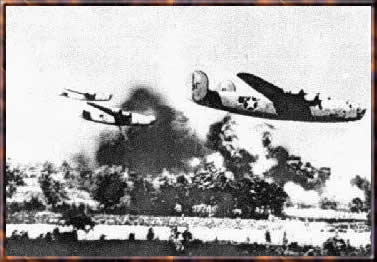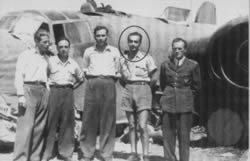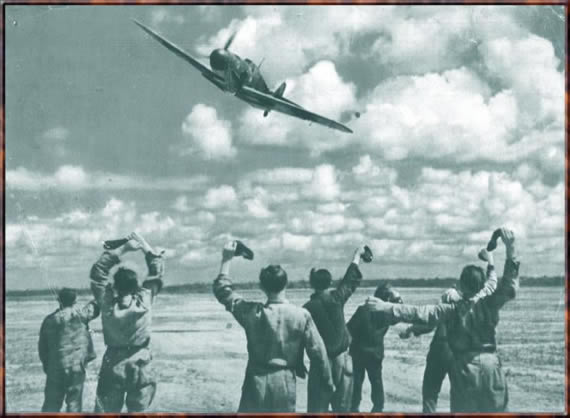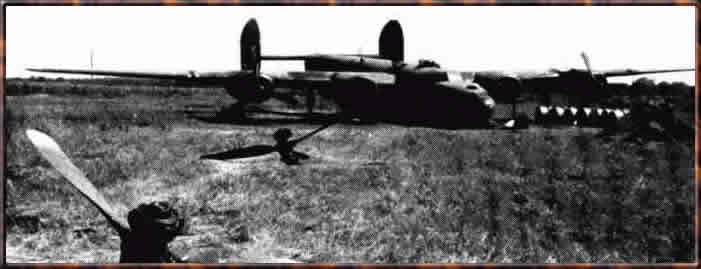What the Allies didn't know was that they had dangerously underestimated the strength of the defenses. The Romanian 4th AA Artillery Brigade ( made up of the 5th and 7th Regiments ) and the German 5th Flak Division ( made up of the 180th and 202nd Regiments ) were deployed around Ploiesti and ready to meet the attackers. The Romanian brigade had 21 heavy batteries ( 15 of them had German 88 mm Flak guns, 68 guns in total and the rest had Romanian built Vickers/Resita 75 mm guns ) and 6 light batteries ( all equipped with 20 mm guns, 78 of them ). The German 5th Flak had 21 heavy batteries ( they had 88 mm and 105 mm Flak guns, 96 in total ) and 10 light batteries ( 132 pieces altogether ). It's worth mentioning that three of the German heavy batteries were mounted on railway flatcars, which gave them excellent mobility. Between them, the Romanian and German units had 210 light AA guns and over 180 heavy AA guns. As normal, the refineries were protected by fighters as well. The Romanian 6th and 4th Fighter Group were based in the area, as well as the 53rd Fighter Squadron and the 52nd Night Fighter Squadron. Elements of all these units were scrambled against the Americans and enjoyed some success, claiming 10 confirmed B-24's. The only Luftwaffe unit who also intervened that day was the JG4, who sent its Bf-110G's and Bf-109G's against the bombers. A German Freja type radar station ( codenamed Palermo) had long since been installed and proved invaluable during the raid.
At 4AM on the 1st of August 1943, a total of 178 B-24 'Liberators', belonging to the American 8th and 9th airforces started to take-off from Benghazi. The three groups belonging to the 8th had been brought from England specially for this raid. After forming up, they proceeded north towards Romania at low altitude, hoping to arrive undetected over Ploiesti. Luck, however, was not on their side, as the B-24's were picked up by the German radar stations in and their progress was tracked all the way to the borders of Romania. At 10.30AM all fighter squadrons were put on alert and at 13.18 o'clock they scrambled and raced to meet the invaders.




